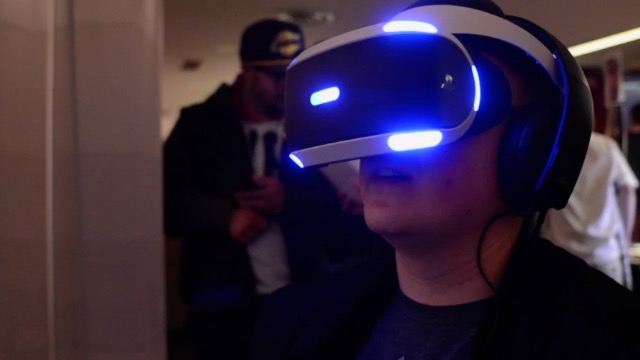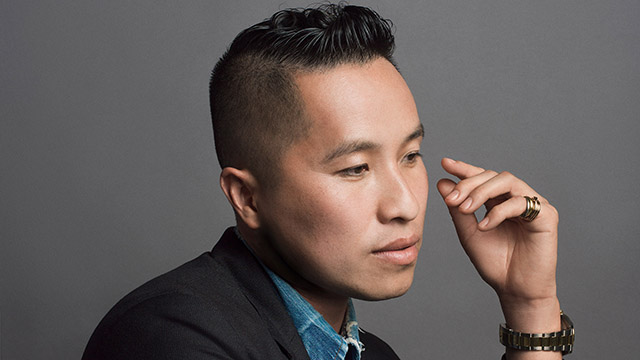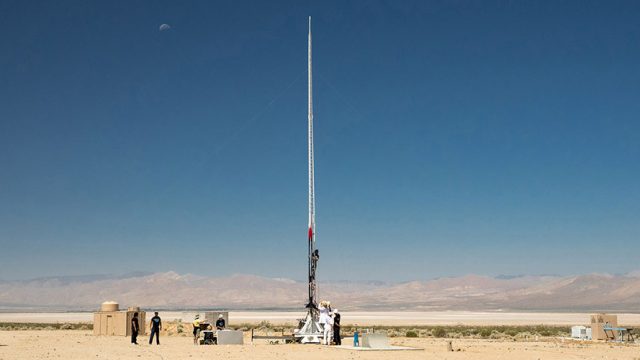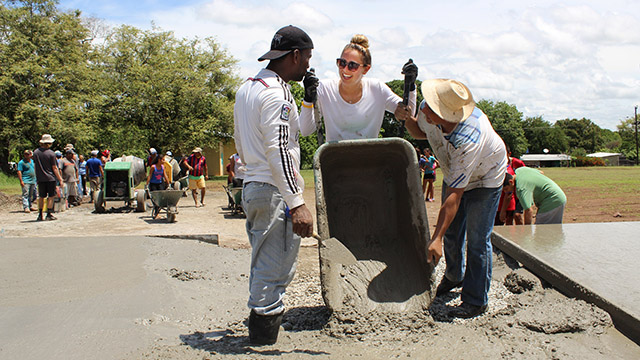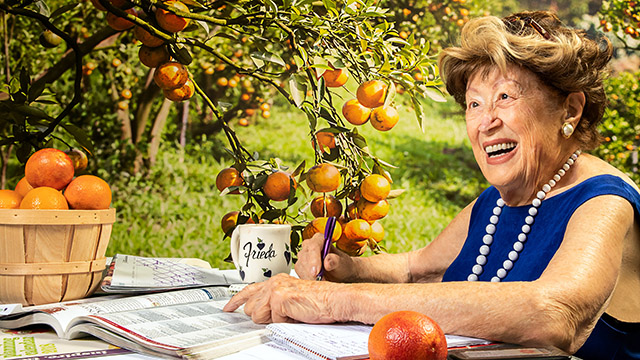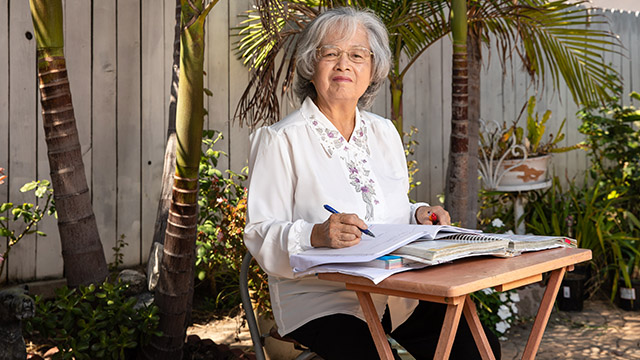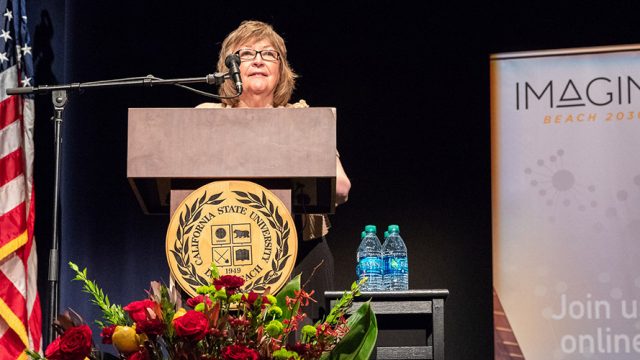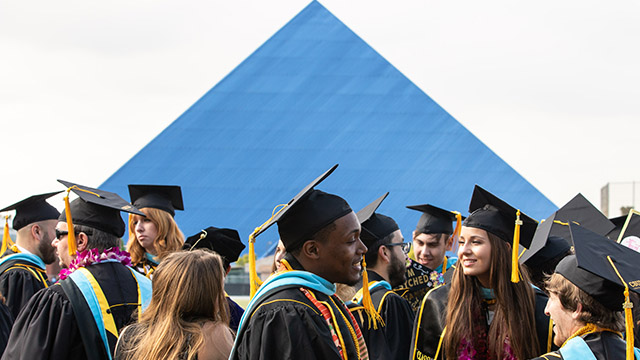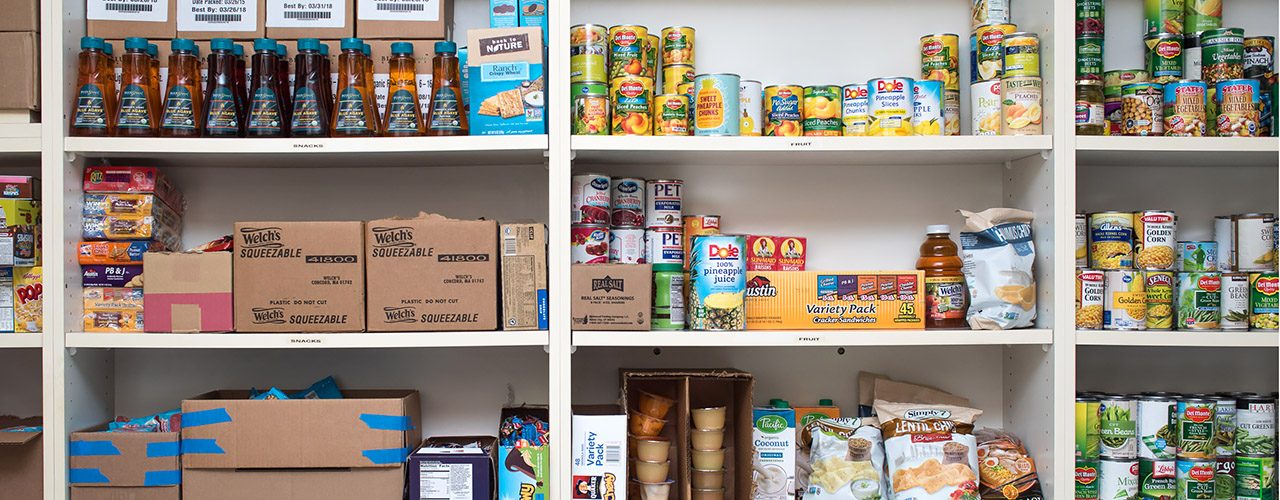It Takes A Beach
You might have heard of Shellv Candler. Her mother was on disability when her family faced foreclosure on their home. Evictions, sleepless nights, no money for food all while trying desperately to graduate are footnotes of her chronicled life story.
“My student assistant job in the Dean of Students Office has been one of the best things to happen in my life. Without my job, I would not be able to take care of my mom, and we would not have any money to care for our necessities. My mom and I are renting beds in transitional housing, but without this job, we would probably be living in the streets. At least with a job, my mom and I can save money to rent an apartment because I will have proof of income.” – Shellv, C.
“I loved the privacy I felt I had throughout the whole program. I also was extremely grateful that I always felt someone was there for me to talk to.” – Jessica M.
“The emergency intervention program was a blessing! It provided me a safe place to stay in the dorms and subsidized meals as well! Until I was granted this program I was living in my car; struggling daily to find food and a safe place to park to sleep.”–Michelle M.
Her tale is heartbreaking, compelling and illuminates the growing concern over the number of college-aged students like Shellv, who are homeless, hungry or displaced.
Yet, Shellv isn’t alone. There are hundreds more students with similar stories who struggle silently with a lack of food or housing. Those are the students Cal State Long Beach’s Student Emergency Intervention and Wellness Program is helping behind the scenes to keep them enrolled.
Ahead of the Curve
According to a preliminary study commissioned by CSU Chancellor Timothy White to gauge perception of CSU staff, faculty and administrators, it’s estimated that among the 474,600 students spread across the Cal State system’s 23 campuses, 8 to 12 percent have unstable housing conditions and 21 to 24 percent lack reliable access to food. That’s one in five Cal State students thought to be living without stable housing or access to food.
Yet even before the Chancellor commissioned the study, staff and administrators at CSULB had identified this problem and set wheels in motion to support students such as Shellv.
It started with Dean of Students Jeff Klaus.
In his first year as dean, Klaus found himself getting calls from faculty and staff about students in emergency situations. Klaus would send those students to Rachelle Ang, case manager in Counseling & Psychological Services and Disabled Students Services. But after the initial 12 months, Klaus realized the number of referrals kept increasing, so he met with Ang to find out what she does with the students he sends to her.
Through her strong relationships within the community, Ang was sending students to resources in the City of Long Beach. The trouble was, she was never really sure if the students were following up on her referrals and utilizing those resources. Klaus and Ang decided they could do more.
“In my conversations, I found that there was a community of folks on campus that wanted to do something to support these students, so we held a meeting,” Klaus said.
The group decided the first issue they could address immediately was food. In just two months, development staff, 49er Shops and Student Affairs set up and launched the Feed a Need drive, which asked current students to donate meals from their meal cards to peers who couldn’t afford food. The campaign was a huge success with students donating 1,353 meals with an extra 300 donated by the 49er Shops.
Building a Support System
The Feed a Need drive was the beginning of the Student Emergency Intervention program, which over the span of the next year would expand to include a food pantry, emergency housing in the dorms, hotel vouchers, emergency grants, on-campus employment, financial aid counseling and case management.

“We had our first meeting in February 2015 and that was just an introductory meeting to talk about the issues, and it was really only geared toward students who are homeless…Then literally by January 2016 we had everything. It was crazy,” said Klaus. “I couldn’t believe how we had gone from having nothing – basically referring students out – to having the most comprehensive program in the country.”
CSULB’s program is the most comprehensive of its kind, according to social work professor Dr. Rashida Crutchfield, who served as principal investigator for the commissioned study of the CSU system. She was one of the members tapped by Klaus for that first meeting.
“[CSU] Long Beach is unusual because it is incorporating both the food and housing piece, so it really is much more holistic, and it’s about basic needs not just food. That’s really exciting and I think that was an important finding,” Crutchfield said. “Long Beach is a model program.”
Since the report was published, Carol Menard Fulthorp, assistant dean of students who serves as manager of the program, has fielded dozens of media calls, and currently is consulting with seven schools, including Cal State Fullerton and Cal Poly Pomona, wanting to learn from, and emulate, the CSULB model.
“I’ve been asked how it can be that we have this program,” Menard Fulthorp said, “And it’s because we’ve built upon what is accessible, and because from the top down and across, it’s a campus-wide mission. We’re responsible for the success of our students.”
It Takes a Village…or a Beach
Collaboration is a hallmark of CSULB’s program, and it’s because of the strong campus-wide partnerships and spirit of philanthropy that it has become a force for change in students’ lives.
Since the first drive, Feed a Need, which involves collaboration with more than five offices across university divisions, has been staged three additional times, resulting in 3,061 donated meals.

Partnership between campus departments is so fine-tuned that within minutes of leaving the Dean of Students’ office, an eligible student can already have meals added to their swipe card so they can have something to eat, or they can rest easy knowing they can stay the night in one of the two rooms available in on-campus housing or, for students with families, use a hotel voucher at a hotel contracted to work with the university.
Student account services streamlined their process so that students eligible for the up to $500 emergency grant can receive it within a day or two, and the financial aid office has made it a priority to provide information to students in crisis about funds available or options to consider.
And from the start, the joint effort from administrators behind the scenes was instrumental in getting the program up and running.
When Student Affairs Vice President Carmen Taylor first approached President Jane Close Conoley with the idea for the program, she was given an emphatic green light. Taylor then reached out to her peers in other divisions – Mary Stephens in Administration and Finance, Andrea Taylor in University Relations and Development, as well as to the General Manager of 49er Shops, Don Penrod – who quickly worked behind the scenes to identify funds, set up an endowment and provide much needed resources to sustain the program.

“With the research, growing awareness and the passion both from our president top down but also from the people who are dealing with these issues from the ground up, everyone was really enthusiastic about meeting the need in a more coordinated way,” Crutchfield said. “It was just a matter of pooling all of our resources to make sure we all knew where we could work together to make this happen.”
Graduate students are also critical components of the unique case management team, providing a learning opportunity for two social work graduate students and one student studying development in higher education. The program was recently designated a School of Social Work internship site and has three interns starting spring 2017.
Student Affairs’ Taylor, noted: “Ultimately while I am proud of this program and the fact that it is housed in my Division, I believe that it is truly the product of the commitment of the University as a whole and President Conoley.”
A Mission, Not a Mandate
Crutchfield, along with co-principal investigator Dr. Jennifer Maguire at Humboldt State, is currently working on a second phase of the CSU report gathering data and input from students across all 23 campuses via surveys, interviews and focus groups. The findings, projected to be released in 2018, will ultimately be used to help the CSU launch intervention support programs on every campus. Currently, 11 of the 23 offer some sort of support.
Meanwhile, passion for the program at CSULB continues to grow. It’s something Klaus attributes to the way that the program was started.
“The CSU campuses are being asked to create intervention programs, but ours occurred purely organically because we have a dedicated group of faculty, staff and students that want to give back and help,” he said. “That’s what I love about it. It happened because people are interested in the topic. It’s not because we’re being mandated to do it. To me that’s a huge difference.”
So far the program has served more than 179 students either through meals, grants, housing or a combination of all three. Many more students are served who don’t qualify for the emergency intervention program, but are given access to financial aid counseling or referred to the ASI Beach Pantry.
The group hopes to expand the program even more to include an EBT-friendly farmer’s market and outreach to students who self-identify as being current or former unaccompanied homeless youth.
“I’m just so amazed and very proud that our campus is truly, truly committed. It’s not just about words, but in action to help our students, and they will step up in the moment,” Menard Fulthorp said.



